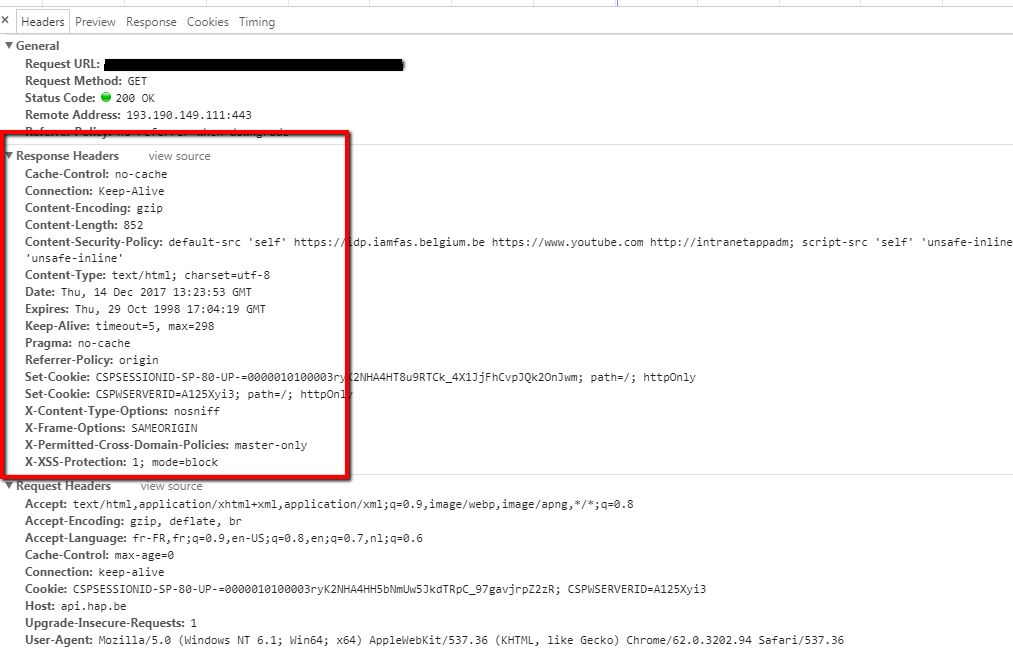I created the Process to extract the required data from ADT message to a Dynamic Object. I wanted to send the JSON stream to EnsLib.File.PassthroughOperation operation and generate a file with the content of JSON stream.
Here are the codes for Process:

